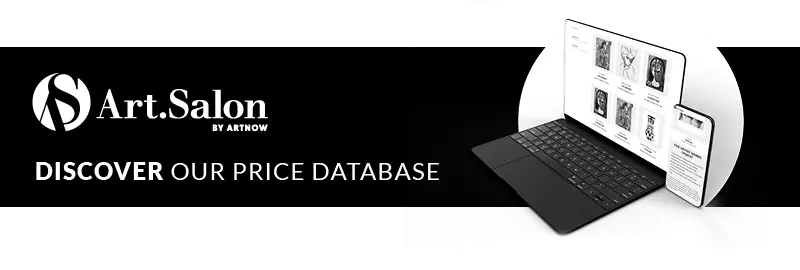
Smith & Taylor: Focus on Two Special Artists
On October 4, the Whitney Museum of American Art in New York will open two parallel exhibitions, Fragments of a Faith Forgotten: The Art of Harry Smith and Henry Taylor: B Side, offering perspectives on art more rarely seen in museums.

From October 4, 2023, through January 28, 2024, two exhibitions will be on view in parallel at the Whitney Museum of American Art in New York. One is Henry Taylor: B Side, about the painter and sculptor born in Los Angeles in 1958 and known for his experimental figurative works. He has attracted particular attention so far for his portraits of Barack and Michelle Obama and Jay-Z, among others, but his genre paintings of life as a black person in the U.S. are also increasingly coming into focus. This exhibition, with more than 130 exhibits from the late 1980s to the present, is the largest to date on Taylor's work.
For its second show, the museum has a premiere in store: Fragments of a Faith Forgotten: The Art of Harry Smith is his first ever solo exhibition. Harry Smith (1923-1991), sometimes called a polymath, was an artist, experimental filmmaker, and musicologist, among other things. Here, the Whitney Museum brings together paintings, drawings, experimental films, designs, and objects from his collection such as string games and found paper airplanes. Smith's artwork is influenced by the esoteric and the fantastic, and developed an aesthetic outside the established forms of the 20th century. His goal was to distill and reveal universal structures from all disciplines.

Dive deeper into the art world
Psychonauts, provenance and personal stories
Photography beyond its boundaries
The EMOP, the European Month of Photography, has just begun in Berlin. It is the largest biennial festival of photography in Germany. The comprehensive exhibition program includes more than 100 contributions, and numerous other galleries are taking the EMOP as an opportunity to dedicate their current shows to photography. With so much to discover, we would like, of course, to draw your attention to our own exhibition, Grenzgänge, as well as The New You-We-Me by the Verein Berliner Künstler, which includes works by our esteemed artist Corinna Rosteck. Both group shows explore boundaries through the medium of photography, however both in very different ways.























